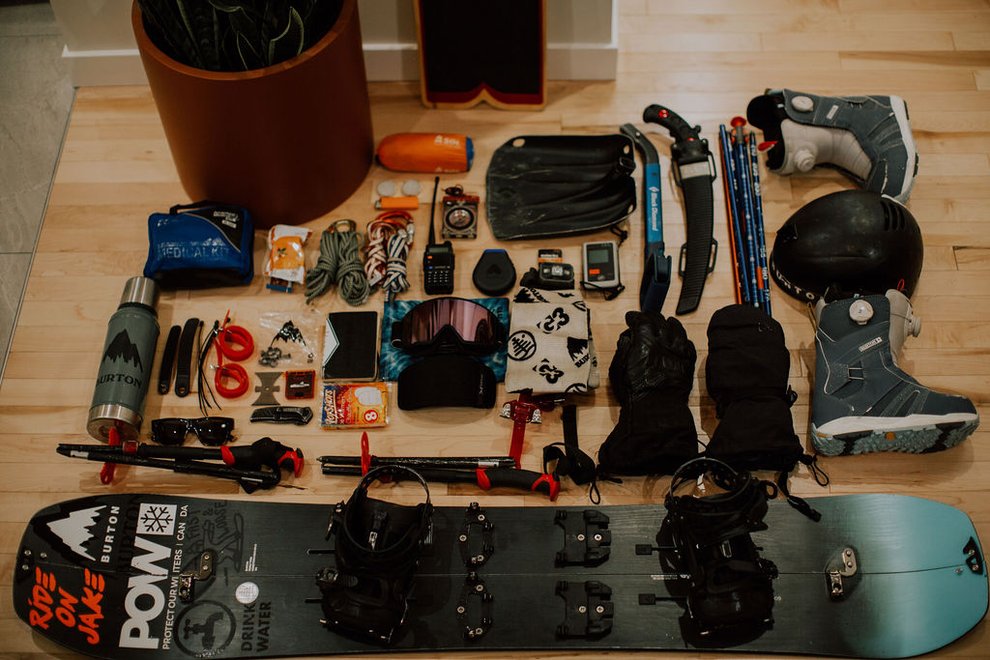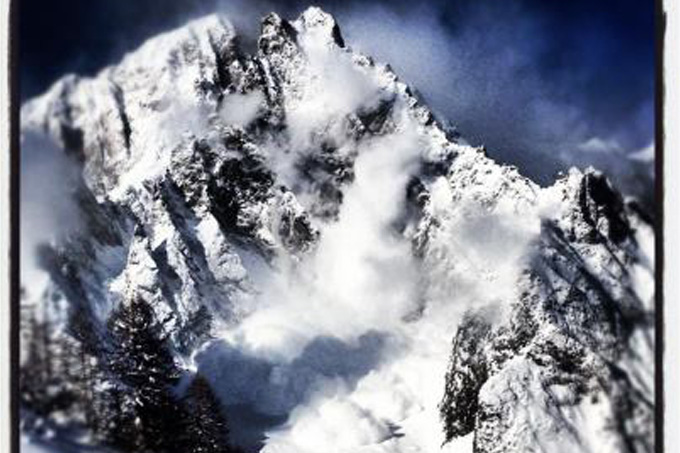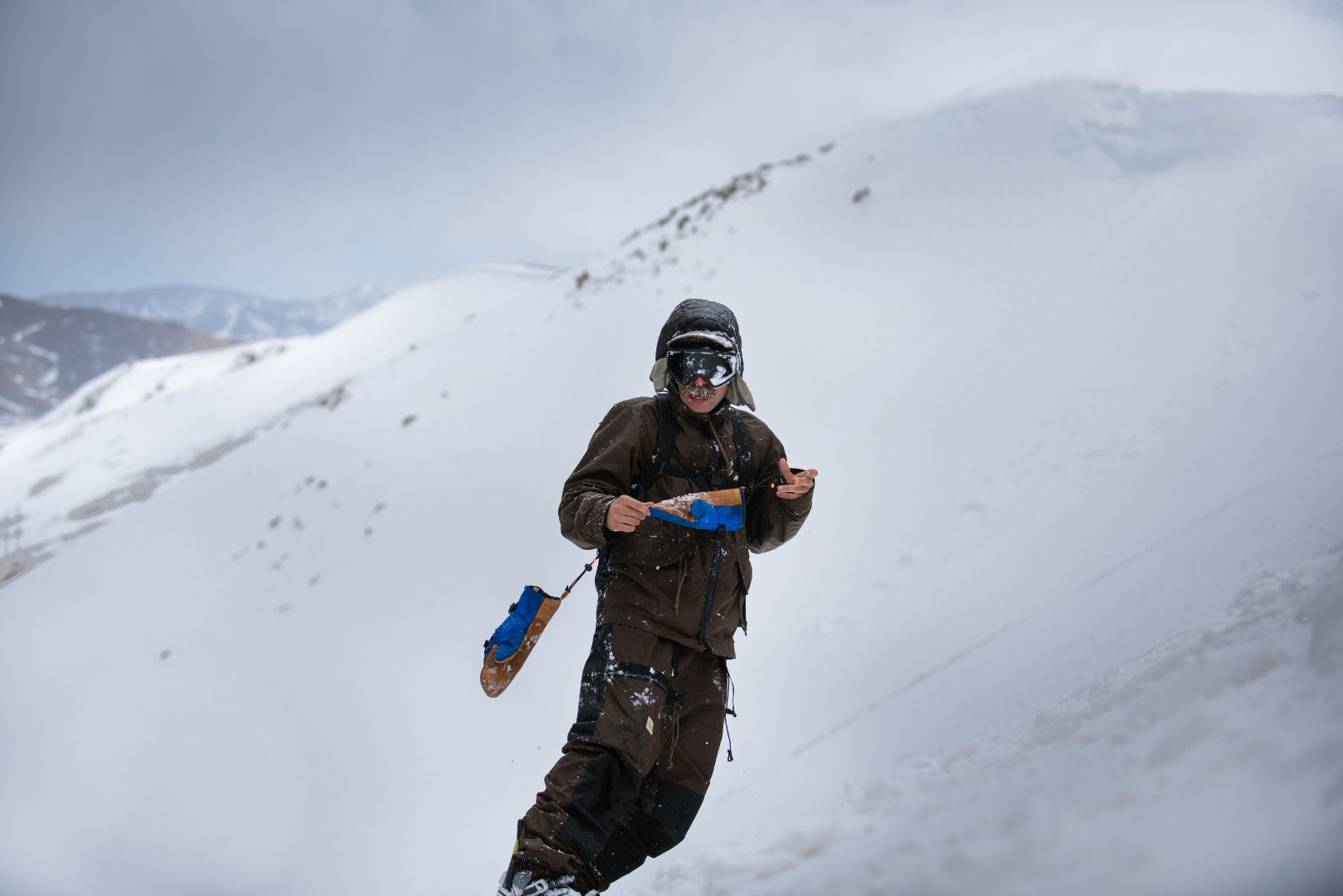
Conquer the Wilderness: Master Backcountry Snowboarding with Expert Tips
Written: editor | August 24, 2023

Essential Gear for Backcountry Snowboarding
Backcountry snowboarding equipment checklist
When heading out into the backcountry for some snowboarding adventure, it is crucial to have the right gear to ensure safety and a great experience. Here are essential items you should include in your equipment checklist:
-
Avalanche Safety Gear: This includes an avalanche beacon, shovel, and probe. These tools are vital for avalanche rescue and should be carried by every member of the group.
-
Snowboard and Bindings: Choose a snowboard that is specifically designed for backcountry riding. Look for one that is lightweight, yet durable enough to handle varied terrain. Additionally, ensure that your bindings are compatible with your boots and provide a secure fit.
-
Climbing Skins: Climbing skins are essential for traversing uphill. These adhesive strips attach to the base of your snowboard and provide traction on icy or steep slopes.
-
Warm Clothing and Layering: Dress in layers to regulate your body temperature. Opt for moisture-wicking base layers, insulating mid-layers, and a waterproof outer shell to protect against the elements.
Choosing the right snowboard and bindings
When selecting a snowboard for backcountry riding, consider the conditions you will be facing. A shorter, wider board with a tapered shape is ideal for deep powder, while a stiffer board performs better on variable snow. As for bindings, opt for those that provide a secure fit, have adjustable settings, and allow for easy entry and exit.
Safety gear for protection and emergencies
In addition to avalanche safety gear, other essential safety equipment includes a helmet, goggles, gloves, and knee and elbow pads. These items protect against impact and keep you safe in case of a fall or collision. It is also advisable to bring a first aid kit and a communication device, such as a two-way radio or a satellite phone, for emergencies.
Remember, backcountry snowboarding can be challenging and potentially dangerous. Always educate yourself about the risks, communicate with your group, and be prepared with the right gear to ensure a safe and enjoyable adventure.

Introduction
As a backcountry snowboarder, you're in for an exhilarating and unforgettable experience. But before you hit the slopes, it's crucial to plan your adventure properly to ensure a safe and enjoyable time in the wilderness.
Researching your destination and weather conditions
Before heading out, spend time researching your backcountry destination and the current weather conditions. Check local avalanche forecasts, snowpack reports, and weather forecasts. This information will help you make informed decisions about where to go, which slopes to avoid, and whether the conditions are suitable for backcountry snowboarding.
Creating a detailed itinerary
Having a detailed itinerary is essential for backcountry safety. Plan your route, including specific objectives and checkpoints along the way. Share your itinerary with a reliable person who can keep track of your progress and raise the alarm if needed. Ensure you have the necessary maps, navigation tools, and communication devices to stay on course.
Navigating avalanche terrain
Avalanche safety is paramount in the backcountry. Take an avalanche safety course to learn how to recognize, assess, and mitigate avalanche risks. Familiarize yourself with the terrain and understand the avalanche danger rating system. Carry essential safety gear, including a beacon, shovel, and probe. Always travel with a partner and practice safe travel techniques, such as slope angle assessment and safe route selection.
Remember always to check terrain and snow conditions and adjust your plans accordingly. Safety should be your top priority, so if conditions are unfavorable, be prepared to postpone or change your backcountry adventure. Stay informed, be prepared, and have a fantastic time exploring the untouched beauty of the backcountry!
Witness a few thoughts on backcountry snowboarding:
- Plan your backcountry adventure carefully, including researching your destination and weather conditions.
- Create a detailed itinerary, share it with someone responsible, and carry the necessary maps and navigation tools.
- Take an avalanche safety course and equip yourself with essential safety gear.
- Always travel with a partner and practice safe travel techniques.
- Prioritize safety above all else and be prepared to adjust or postpone your plans based on the current conditions.

Backcountry Snowboarding Techniques
Uphill travel techniques
In the backcountry, uphill travel is an essential skill for snowboarders. Here are a few techniques to keep in mind:
-
Skinning: Skins are adhesive strips that attach to the base of your snowboard to provide traction on uphill slopes. Learn how to attach and remove them efficiently.
-
Kick turns: Kick turns are used to change direction on steep slopes. Practicing kick turns will help you navigate tight switchbacks with ease.
-
Efficient kick-stepping: Kick-stepping is a technique where you kick your boots into the snow to create steps for ascending steeper terrain. Mastering this technique will help conserve energy on long uphill climbs.
Mastering kick turns and sidehill riding
-
Kick turns: As mentioned before, kick turns are crucial for changing direction on steep terrain. Practice kick turns on various slopes to become comfortable and efficient.
-
Sidehill riding: Sidehill riding involves traversing across a slope without losing control. Maintain a balanced stance and engage both toeside and heelside edges to control your speed and direction.
Managing variable snow conditions
-
Reading the terrain: Backcountry snow conditions can vary significantly, from powder to crust or even icy patches. Learn how to read the terrain and adapt your riding technique accordingly.
-
Edge control: Proper edge control is essential for navigating variable snow conditions. Adjust your weight distribution and use your edges to maintain control and prevent sliding out.
Remember, backcountry snowboarding requires experience, skills, and knowledge of avalanche safety. Take an avalanche safety course, carry essential gear like a beacon, shovel, and probe, and always ride with a partner. Stay safe and have fun exploring the untouched mountainsides!

Avalanche Safety and Awareness
Backcountry snowboarding offers an exhilarating experience, but it also comes with risks. To ensure a safe and enjoyable adventure, it is crucial to prioritize avalanche safety and awareness.
Understanding avalanche risks
Before heading out, it's important to educate yourself about avalanches. Learn to recognize the warning signs, such as recent snowfall, wind-loading, and cracks in the snow. Stay informed about the current avalanche forecast in the area and be aware of the terrain you will be riding.
Using avalanche safety equipment
Carrying the right equipment is essential for backcountry snowboarding. Invest in an avalanche transceiver (also known as a beacon), a shovel, and a probe. These tools can help locate and rescue someone caught in an avalanche. Familiarize yourself with how to use them effectively and regularly practice using them.
Practicing companion rescue techniques
Never venture into the backcountry alone. Always go with a trusted companion and make sure you both have the necessary training in companion rescue techniques. This includes practicing scenarios such as locating a buried person with a beacon, digging them out with a shovel, and administering first aid.
By understanding avalanche risks, using proper safety equipment, and practicing companion rescue techniques, you can minimize the dangers associated with backcountry snowboarding and enjoy the adventure safely.
Remember, safety should always be your priority when embarking on any outdoor activity. Stay informed, prepared, and make responsible decisions to ensure a memorable and safe experience in the backcountry.

Navigation and Route Finding
Using maps, GPS, and compass for navigation
When it comes to backcountry snowboarding, navigation is crucial for a safe and successful adventure. Always carry a detailed topographic map and a reliable GPS device. Familiarize yourself with the map and terrain before heading out, and use the GPS to track your location and progress. Additionally, it's wise to carry a compass as a backup for navigation.
Identifying potential hazards and safe routes
Before embarking on a backcountry snowboarding trip, it's essential to identify potential hazards and plan safe routes. Study avalanche reports and weather forecasts to assess the current conditions. Look for signs of unstable snow, such as recent avalanches or whumpfing sounds. Avoid steep slopes, cornices, and areas prone to avalanches. Identify safe routes that minimize exposure to hazards and stick to them.
Navigating in whiteout conditions
Whiteout conditions can make navigation extremely challenging. In such situations, it's crucial to stay calm and rely on navigational tools. Focus on using your compass, GPS, and maps to ensure you stay on track. Use visible landmarks like trees, rocks, or ridgelines to guide your way. If visibility is severely limited, consider turning back or seeking shelter until conditions improve.
Remember, backcountry snowboarding requires careful navigation and route finding skills. Always be prepared, stay informed about the current conditions, and make safety your utmost priority.
Note: Be sure to check local regulations and seek guidance from experienced professionals when venturing into the backcountry for snowboarding.

Backcountry Etiquette and Environmental Stewardship
When heading out for some thrilling backcountry snowboarding, it's not only important to focus on the excitement and adventure but also to practice good etiquette and environmental stewardship. Here are some key tips to follow:
Respecting nature and wildlife
-
Stay on designated trails: Avoid venturing into protected areas to minimize disturbing the natural habitat and wildlife.
-
Leave no trace: Ensure you don't leave any litter behind. Pack out all trash, including food wrappers, and dispose of it properly later.
-
Respect wildlife: Keep your distance from animals and observe them from afar. Do not feed or disturb them in any way.
Proper waste disposal and Leave No Trace principles
-
Carry a garbage bag: Always have a trash bag in your backpack for easy waste disposal.
-
Comply with Leave No Trace principles: Follow the seven Leave No Trace principles, which include minimizing campfire impact, respecting wildlife, and leaving natural objects undisturbed.
-
Pack it in, pack it out: Whatever you bring with you, be sure to take it back. This includes food wrappers, toilet paper, and other personal items.
Sharing the backcountry with other users
-
Respect others: Yield to other backcountry users and give them right of way.
-
Communicate: If you encounter other riders, communicate your intentions and be courteous on the slopes.
-
Be aware of noise: Keep noise levels to a minimum to respect the peacefulness of the backcountry.
By following these backcountry etiquette and environmental stewardship practices, you can ensure the preservation of the natural environment and create a positive experience for both yourself and others.

Fitness and Endurance Training
For those adventure-seekers who love the rush of exploring untouched snowy terrain, backcountry snowboarding is an exhilarating experience like no other. However, before venturing into the backcountry, it's crucial to prepare your body for the physical demands that come along with it.
Preparing your body for backcountry snowboarding
Being physically fit and having good endurance can make a world of difference when it comes to enjoying and safely navigating the backcountry. Here are some tips to help you get in shape for your next snowboarding adventure:
-
Aerobic Conditioning: Engaging in activities like running, cycling, or hiking can improve your cardiovascular fitness, which is essential for endurance in the backcountry.
-
Strength Training: Building strength in your lower body, core, and upper body can enhance your snowboarding performance and prevent injuries. Include exercises like squats, lunges, planks, and push-ups in your workout routine.
-
Flexibility and Mobility: Stretching exercises and yoga can improve your flexibility and mobility, allowing you to handle the challenging terrain more effectively.
-
Balance and Stability: Incorporate exercises that target your balance and stability, such as single-leg squats or standing on a balance board. These will help you stay steady on your board and adjust to uneven surfaces.
Remember to start gradually and listen to your body to avoid overexertion or injury. It's also important to consult with a fitness professional or trainer to tailor your training program to your specific needs.
By investing time and effort into fitness and endurance training, you'll be better equipped to handle the physical demands of backcountry snowboarding, enhancing your overall experience and safety on the slopes. So, lace up those boots, hit the gym, and get ready for an incredible backcountry adventure!



